10 Best Adventures of 1990
By:
May 11, 2020
Thirty years ago, the following 10 adventures from the Eighties (1984–1993) were first serialized or published in book form. They’re my favorite adventures published that year.
Please let me know if I’ve missed any adventures from this year that you particularly admire. Enjoy!
- Thomas Pynchon’s apophenic thriller Vineland. In 1984, the first year — according to HILOBROW’s periodization schema — of the cultural era we think of as the Eighties, and the midpoint of Ronald Reagan’s presidency, Brock Vond, a right-wing government operative, tracks hapless former hippie Zoyd Wheeler down in Vineland, the forest country north of San Francisco, and threatens to ruin his life a second time. Their first encounter, which we read about in flashbacks, happened 15 years earlier — at the height of the Flower Power movement — when Brock seduced Zoyd’s old lady, the radical film-maker Frenesi Gates, not only sexually but ideologically. Frenesi split, leaving Zoyd to raise their now-adolescent daughter Prairie — who, despite her dope-smoking dad’s best efforts, is more Gen-X cynic than flower child. The “Repression,” Zoyd’s Sixties-era term for everything wrong with America, has triumphed, “growing wider, deeper, and less visible, regardless of the names in power”; but Zoyd clings, romantically, to a vision of a better world. There’s a lot going on, here: mobbed-up businessmen, a psychic detective, TV addicts, and government agents, not to mention feminist ninjas, a UFO abduction, zombie-ghosts, and a Godzilla-like monster. It’s a political thriller, but also a picaresque, as Zoyd and Prairie hit the road — fleeing from Brock, and seeking the truth not only about Frenesi (who’s left a string of heartbroken hippies in her wake) but America’s counterculture. Fun facts: Surely an influence — along with The Big Sleep — on the Coen Brothers’ The Big Lebowski (1998). Pynchon would return the favor with Inherent Vice (2009), a darkly comic detective novel set in 1970s California featuring Larry “Doc” Sportello, another dope-smoking hippie hero.
- Lois McMaster Bujold’s Diamond Age sci-fi adventure The Vor Game. The sixth installment in the Vorkosigan Saga (1986–ongoing) is a fun one. Miles Vorkosigan, the protagonist of most of the series, is the brilliant, driven scion of an aristocratic family from the feudalistic, swords’n’spaceships planet of Barrayar; he is disadvantaged in his abitions because his mother is a Betan (she hails from a technology-rich, egalitarian galactic society), and because he is a dwarf. In a previous series installment, The Warrior’s Apprentice (1986), Miles manages to get himself accepted into the Barrayaran Imperial Military Service, after a brief career as “Admiral Naismith,” the swashbuckling leader of a mercenary space fleet. Here, shortly after graduating from the academy, Miles is assigned to a winter infantry training post, where he runs afoul of the tyrannical base commander. Charged with mutiny, he is recruited to work for Barrayaran Covert Ops, and winds up in a prison cell with Barrayar’s young emperor, Gregor, who had sneaked away from his palace. Worse, a Cetagandan invasion fleet — Cetaganda has staged several unsuccessful wars against Barrayar, in previous Vorkosigan books — may be en route towards the space station where they’re imprisoned. In order to repel the attack, Miles must outwit a femme fatale (herself a mercenary leader), his former commanding officer, and reconnect with his mercenary friends. Fun facts: Bujold has stated that the Vorkosigan Saga’s structure is modeled after the Horatio Hornblower books. The first several chapters of The Vor Game were originally published in a slightly different form as “The Weatherman” in the February 1990 issue of Analog. The Vor Game won the 1991 Hugo Award for Best Novel.
- Walter Mosley’s Easy Rawlins crime adventure Devil in a Blue Dress. When Ezekiel “Easy” Rawlins, a black, once illiterate Texas orphan who’s educated himself, fought in the Battle of the Bulge, and recently (the year is 1948) purchased his first home in the Watts neighborhood of Los Angeles, is fired from an aircraft assembly plant for being “uppity,” he accepts a seemingly straightforward job tracking down Daphne Monet, the missing mistress of a wealthy white politician. In the tradition of Hammett and Chandler, Easy’s search for this blonde beauty known to frequent black jazz clubs leads the unlicensed private eye into a tangle of crime and official corruption; unlike these earlier noir authors, Mosley also explores racism, social injustice, and race politics in Los Angeles. Having run afoul of DeWitt Albright, a sociopathic villain, Easy enlists the aid of Raymond “Mouse” Alexander, a charming but conscienceless killer with whom he grew up in Houston… and who is almost as liable to shoot Easy as anyone else. Plus, Easy falls for Daphne Monet, who is not what she seems. Fun facts: There are over a dozen Easy Rawlins mysteries, set from from the 1930s to the 1960s, including: A Red Death (1991), White Butterfly (1992), and Black Betty (1994). Devil in a Blue Dress was adapted in 1995 as a pretty good movie starring Denzel Washington, Jennifer Beals, and Don Cheadle as Mouse. There have been rumors of an Easy Rawlins TV series, too, over the years; NBC, supposedly, will air one.
- Philip Kerr’s Berlin noir historical crime adventure The Pale Criminal. In his second appearance, hardboiled private investigator Bernie Gunther is blackmailed by the Kripo — the Berlin criminal police — into rejoining their ranks and leading the investigation of a series of vicious crimes. (Teenage girls — “Aryan” types — are being raped and murdered. It’s a grisly story.) It’s the summer of 1938, and Gunther’s fellow countrymen wonder whether Hitler will plunge Europe into another war; meanwhile, Gunther seeks to avenge his partner, Bruno Stahlecker, who has been killed while investigating another blackmailing case. As per usual with Kerr, the period detail is impressive — overwhelming, at times. Gunther is a “good” German, inasmuch as he hates the Nazis. However, he’s homophobic, misogynistic, and lecherous; he’s not a sympathetic character. A brutal man navigates a brutalizing social order, investigating a brutal crime. The trail leads to Julius Streicher, Nazi mob boss and publisher of the sensationalist newspaper Der Stürmer, which seems to know too much about the killings — which Streicher is eager to pin on supposedly sinister Jews. Homosexuality, drug addiction, psychotherapy, and spiritualism play a role in the plot of this short, disturbing mystery. Fun facts: The story takes place between August 26th and November 10th — that is, between the negotiations (and appeasement, on the part of the main European powers) that resulted in Germany’s annexation of the Sudetenland, and Kristallnacht, a pogrom against Jews carried out by the Nazi Party’s paramilitary forces and civilians throughout Germany.
- Iain M. Banks‘s Diamond Age sci-fi adventure Use of Weapons. There are two narratives in this, the third Culture novel. In one, which moves forward in time, we follow Special Circumstances agents Diziet Sma, a female human, and Skaffen-Amtiskaw, a snarky AI drone, as they recruit ex-agent Cheradenine Zakalwe, a rogue, assassin, military genius, and sad sack, to further the aims of the Culture — nudging benighted galactic civilizations away from political tyranny, economic plutocracy, and cultural ignorance and intolerance, and towards enlightenment, left-libertarianism, and peace — in a politically unstable star system. (The drone believes that Zakalwe is burned-out; it can’t even guess at his real problem.) These are three of Banks’s best characters, and it’s fun to watch them in action; Zakalwe is the titular used weapon — the Culture needs him to do things that it regards as reprehensible. There is plenty of action as Zakalwe heroically achieves the Culture’s goals. The second narrative, meanwhile, moves chronologically in reverse! Here, we learn about earlier jobs that the near-sociopathic Zakalwe has performed for Special Circumstances, and eventually we learn about his childhood — growing up in a non-Culture social order, and commanding an army in a bloody civil war. Zakalwe has demanded that his Culture handlers locate a woman named Livueta; when he finally reunites with her, there’s a major plot twist that helps us to understand his motivation. As with every Culture novel, we’re left grappling with political-science conundrums. Fun facts: Diziet Sma and Skaffen-Amtiskaw also appear in Banks’s story “The State of the Art”; and we’ll meet Zakalwe again, too, under a different name. One hears that Banks wrote an even more complex version of this story in 1974, but abandoned it; years later, fellow Scottish sci-fi author Ken MacLeod — also known for chronologically tricksy story telling — helped him figure out how to transform it into something publishable.
- William Gibson and Bruce Sterling‘s Diamond Age sci-fi adventure The Difference Engine. If Adorno and Horkheimer had, instead of writing The Dialectic of Enlightenment, collaborated on an alternate-history novel about how things might have looked differently, in Victorian-era Britain, had Charles Babbage (the mathematician and inventor who in real life never completed his “difference engine” — a mechanical computer designed to produce error-free tables of mathematical functions commonly used by engineers and scientists — achieved his vision, the result might have looked something like this. By 1855 the Tory Party and hereditary peerage have been eclipsed by Babbage’s Industrial Radical Party, which champions the acceleration of technological change and social upheaval. Mechanical computers are now ubiquitous, though electricity is still just a theory; all sorts of steam-powered technologies have flourished. There’s a big downside: A proto-Orwellian surveillance state has come into being. Against this rich backdrop — too rich, perhaps; the book is in part a collage of material lifted from Victorian journalism and pulp fiction, and it’s crammed with historical jokes — we follow three stories, linked by a mysterious set of powerful computer punch cards. Sybil Gerard, a political courtesan, wants revenge for the execution of her Luddite father; Edward Mallory, a dinosaur expert, chances into possession of the cards, and must dodge secret agents in a London on the brink of anarchy; Laurence Oliphant, a real-life explorer and British spy, plays a smaller but provocative role. The book doesn’t have a conventional resolution; instead, Ada Lovelace, the real-world mathematician who published the first algorithm intended to be carried out by Babbage’s mechanical computer, thus inventing computer programming, explains the cards’ significance in a lecture about open systems. Also, we finally realize just who has been narrating this wild history. Fun facts: The Difference Engine, which the authors wrote by swapping a floppy disk back and forth, was not the first steampunk novel, but it is perhaps the most influential early example of the genre. Eileen Gunn’s online Difference Dictionary is a helpful resource, when reading this book.
- Ursula K. Le Guin’s Earthsea fantasy adventure Tehanu. Almost twenty years after publishing the Earthsea trilogy (1968–1972), Le Guin reacquainted us with Ged/Sparrowhawk, protagonist of A Wizard of Earthsea, and Tenar, protagonist of The Tombs of Atuan. Although a powerful mage, the ex-priestess of darkness Tenar has relocated to the same island, Gont, where Ged was mentored by Ogion; she has spent a couple of decades there — married to a farmer, now dead, and raising children, now gone away. Ged, who has lost most of his powers in an epic battle (as recounted in The Farthest Shore), shows up — injured and seeking a peaceful way of life. At the same time, Tenar rescues a badly burned girl (Tenar/Tehanu) from her abusive parents. A girl with extraordinary powers. If Star Wars, as I’ve suggested elsewhere, borrows from Le Guin, so does Game of Thrones. Here you’ll find no epic quests or wizard battles… for a while, anyway. It’s a book about rebuilding your life after trauma; and there are some traumatic moments. Not for young children! Fun facts: Winner of the Nebula and Locus Awards. Although it was subtitled “The Last Book of Earthsea,” Tehanu turned out to be the first installment in a new trilogy — which would include Tales from Earthsea and The Other Wind.
- Frank Miller and Geof Darrow’s satirical sci-fi comic Hard Boiled (1990–1992). As a teenager in the ’70s, Geof Darrow was obsessed with the comics of Jean Giraud (Moebius), the influence of whom can be seen in Darrow’s comics. Moebius introduced him to Frank Miller; the two would collaborate on the three-issue Hard Boiled and The Big Guy and Rusty the Boy Robot (1995), both from Dark Horse. Set in a dystopian, near-future Los Angeles, Hard Boiled is a PKD-ish yarn about insurance investigator Carl Seltz, whose suburban life is disturbed by memory gaps and violent dreams. (The plot of Miller’s 1983–1984 comic Rōnin explores some of the same ideas.) Seltz seems to have a secret life as a violent tax collector… but when his pursuit of a tax evader leads to a wild car chase and a scene of epic destruction, we are left wondering who this guy really is. He wonders, too. Darrow’s European-inflected artwork is mesmerizing — incredibly detailed, each panel demanding close attention. The weapons are extraordinary; each shard of shattered glass is limned. Miller’s story is a thrill ride and a satirical commentary on our violent society. Carl discovers that both of his identities are fictitious: Will he fulfill his destiny as a rebel leader… or return to his suburban idyll? Fun facts: Winner of the 1991 Eisner award for Best Writer/Artist Team. A 2017 graphic novel version of the series featured a completely new, more realistic and neutral color palette. Darrow went on to create the storyboards for The Matrix, and the Wachowskis were at point supposed to adapt Hard Boiled as a movie.
- A.S. Byatt’s treasure-hunt adventure Possession: A Romance. Roland Michell, a junior literary scholar dedicated to the life and work of the already much-dissected (fictional) Victorian poet R.H. Ash, is frustrated in his career; when he finds a letter from Ash to the (fictional) poet Christabel LaMotte, he decides to track down the details of their relationship without informing his employer, an Ash expert in whose cavernous archives Roland toils. The trail leads him to Maud Bailey, a feminist literary scholar and guardian of LaMotte’s letters and journals. Roland runs hot, Maud is chilly and reserved. The two are soon traipsing around England in search of further evidence that Ash and LaMotte may have been more than just literary friends. Interspersed with the Roland/Maud chapters are transcriptions of Ash and LaMotte’s poems, letters, and journal entries — a bravura effort on Byatt’s part (there are over 1,700 lines of period poetry, in two different styles), which readers who are just in it for the romance often find frustrating. However, while this is certainly a romance — two romances, really — it’s also a literary mystery, a campus novel of sorts, and a treasure hunt whose dramatic conclusion involves a grave robbery on a stormy night. Clues are to be found in those poems, letters, and journals, so readers should read them! Byatt’s prose is erudite, supple, and gorgeous. Fun facts: The poet Ash’s life and work are loosely based on Browning and/or Tennyson; LaMotte’s are loosely based on Christina Rossetti. Possession, a bestseller which won the Booker Prize, and which has been named one of the best English-language novels of the 20th century, was adapted in 2002 as an OK movie starring Gwyneth Paltrow and Aaron Eckhart.
- James Ellroy’s L.A. Quartet crime adventure L.A. Confidential. Another brutal, complicated, epic, and almost stream-of-consciousness neo-noir from the author of The Black Dahlia. Following a massacre at the Nite Owl coffee shop, three LAPD detectives — the ambitious Edmund Exley, son of a legendary LAPD detective; “Bud” White, an intimidating thug; and glory hound Jack Vincennes, technical advisor on a Dragnet-like cop show called Badge of Honor — must set their differences aside to unravel a 1950s Hollywood-centered conspiracy involving organized crime, political corruption, heroin, pornography, prostitution, and multiple murders. Evidence is withheld, backs are stabbed. Exley is an interesting character — a brilliant detective, but physically a coward. Was the Nite Owl mass murder a robbery gone wrong? Or was someone in the wrong place at the wrong time? Will our flawed protagonists redeem themselves — once they realize that they’re part of an utterly degraded, amoral system? Fun facts: Adapted in 1997 by Curtis Hanson as a pretty good movie with a pretty great cast: Kevin Spacey, Russell Crowe, Guy Pearce, James Cromwell, Kim Basinger, David Strathairn, and Danny DeVito. The novel’s title refers to the scandal magazine Confidential, fictionalized here as Hush-Hush.
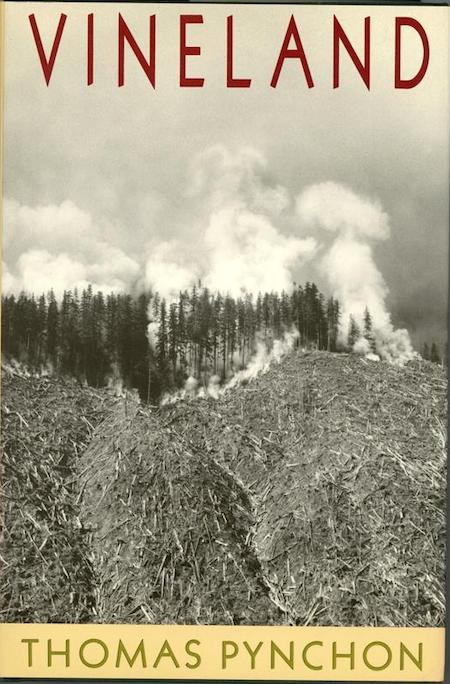
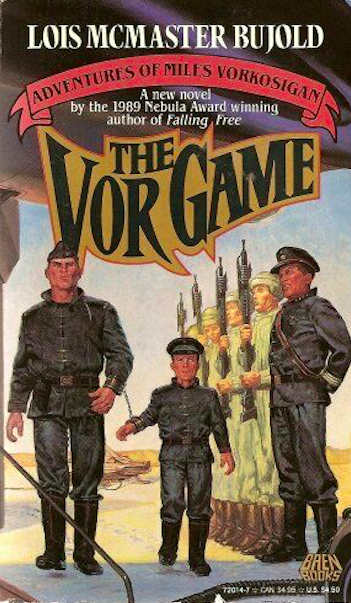
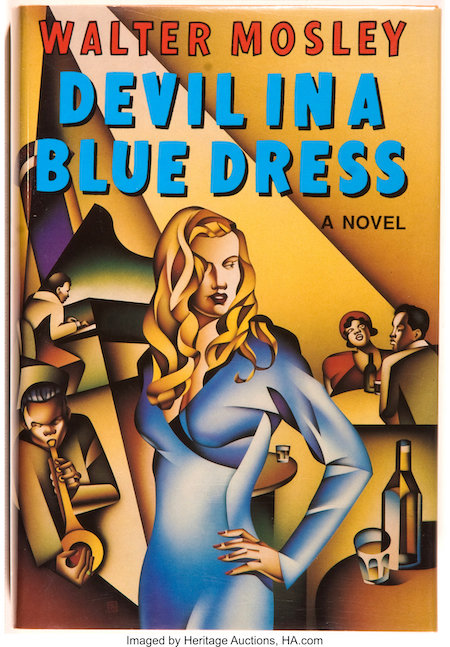
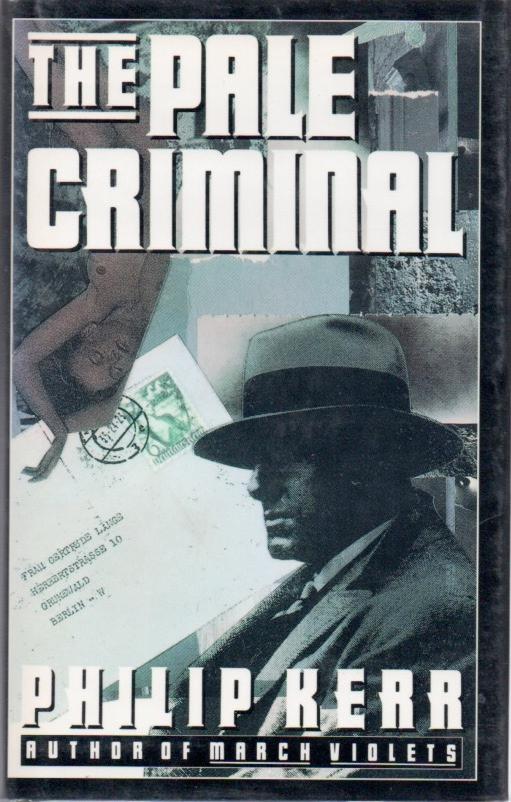

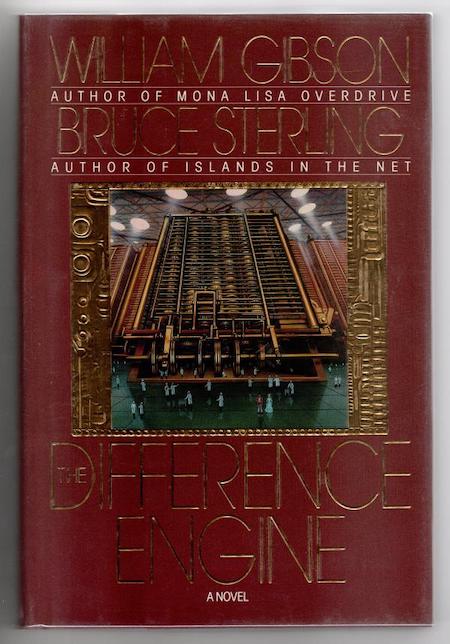
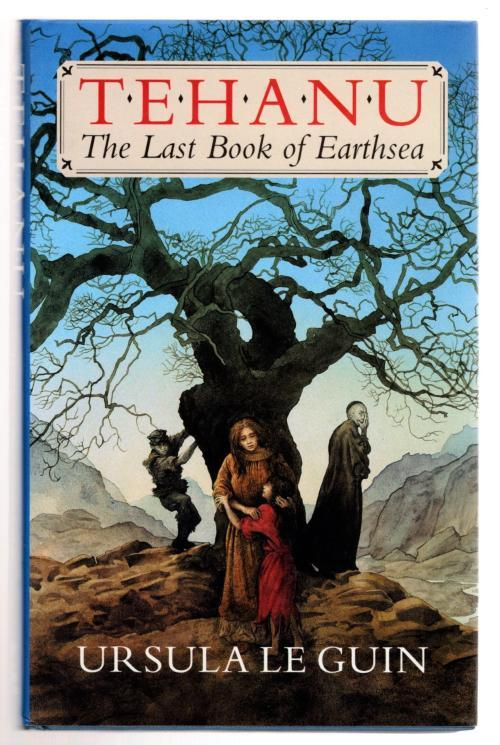
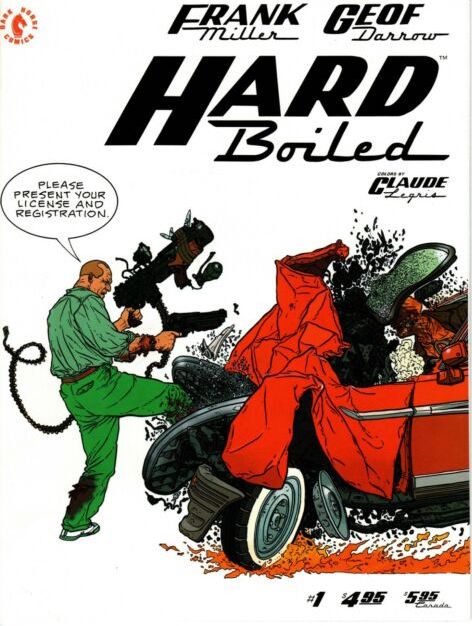
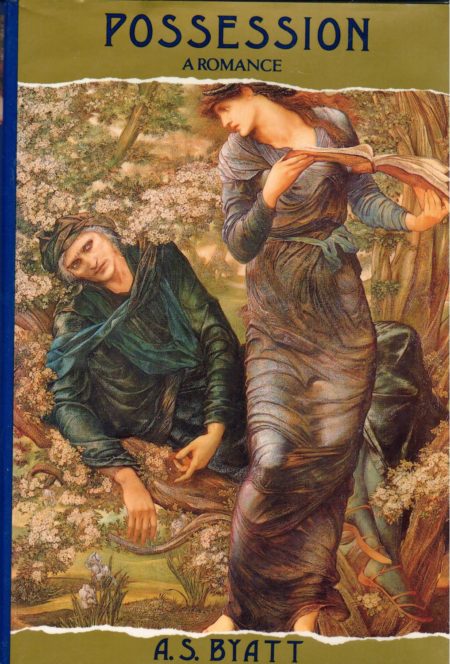
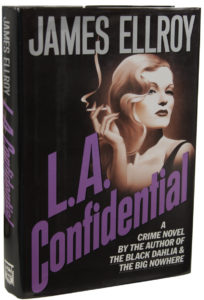
JOSH GLENN’S *BEST ADVENTURES* LISTS: BEST 250 ADVENTURES OF THE 20TH CENTURY | 100 BEST OUGHTS ADVENTURES | 100 BEST RADIUM AGE (PROTO-)SCI-FI ADVENTURES | 100 BEST TEENS ADVENTURES | 100 BEST TWENTIES ADVENTURES | 100 BEST THIRTIES ADVENTURES | 75 BEST GOLDEN AGE SCI-FI ADVENTURES | 100 BEST FORTIES ADVENTURES | 100 BEST FIFTIES ADVENTURES | 100 BEST SIXTIES ADVENTURES | 75 BEST NEW WAVE SCI FI ADVENTURES | 100 BEST SEVENTIES ADVENTURES | 100 BEST EIGHTIES ADVENTURES | 75 BEST DIAMOND AGE SCI-FI ADVENTURES | 100 BEST NINETIES ADVENTURES (in progress) | 1994 | 1995 | 1996 | 1997 | 1998 | 1999 | 2000 | 2001 | 2002 | 2003 | NOTES ON 21st-CENTURY ADVENTURES.
